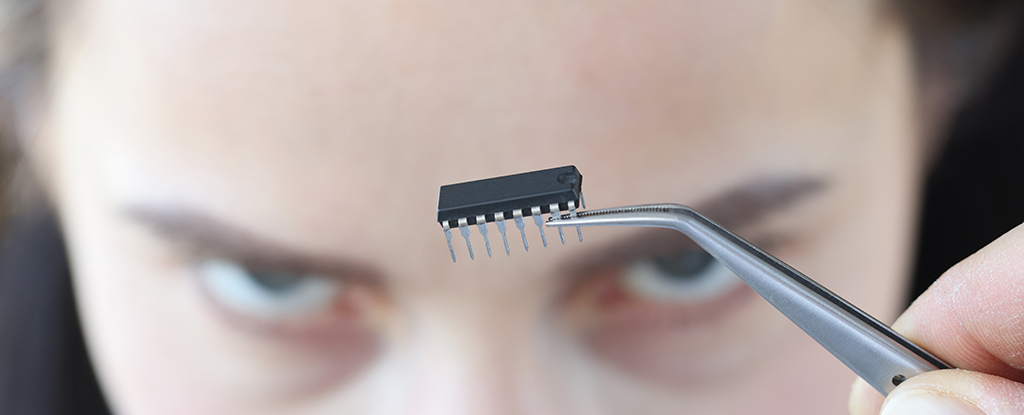Products You May Like
Brain implant technology is rapidly advancing, helping people to find their voice or beat neurological disorders. But what happens when an implant is no longer supported by its producer?
Upgrading to a new model when your five-year-old smartphone can no longer support updates is hard enough – it’s another matter entirely when we’re talking about gadgetry that’s buried inside your brain. That’s hardware that your local repair shop can’t help you with.
The authors behind a recent review summed up existing research on tech abandonment before adding their own suggestions for creating guidelines to ensure it doesn’t become a growing issue in the future.
“This study established a formal definition of neurological device abandonment, which may be important for development of guidelines, policies, and laws that collectively have the potential to reduce or prevent such abandonment,” write the researchers in their published paper.
The authors acknowledge that tech is always going to move forward, with newer and more sophisticated devices that hit the market requiring resources for upgrades and repairs.
With that in mind, implanted devices need to be built to last, the researchers say. Clear guidelines need to be set up in regards to ongoing support, and safety nets should be put in place should something go wrong.
The team points to a case where an implant manufacturer went bust, which meant a patient’s implant had to be removed for safety reasons. “It was like taking away that part of myself that made me complete,” the patient said.
Failure to provide sufficient information on what’s expected of a patient, to fulfill all responsibilities for the lifetime support of an implant, or to address any immediate needs (such as infection) would all count as device abandonment, according to the researchers. These are the contingencies that must be protected against.
The study does acknowledge some exceptions, such as devices being tested in clinical trials. If the trials aren’t successful, it doesn’t make sense to continue supporting the implants – but trial participants should be fully briefed at each stage and offered appropriate support.
We’ve recently seen the first live human implant from Elon Musk‘s Neuralink, with the recipient – a 29-year-old man left paralyzed after a diving accident – saying that it’s changed his life. The technology does of course have huge potential, but it needs to be used safely and responsibly.
The team behind the study is hoping that it sparks more discussion around implant abandonment, and ultimately around policies and laws that need to be put in place so that these innovations can continue to help transform lives.
“We encourage such discussion and welcome participation to advance such ends, especially as devices expand into neuropsychiatric indications,” write the researchers.
The research has been published in JAMA Network Open.
